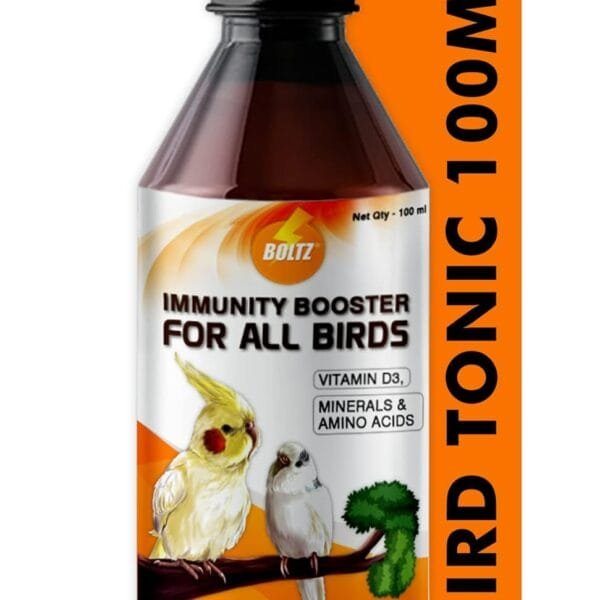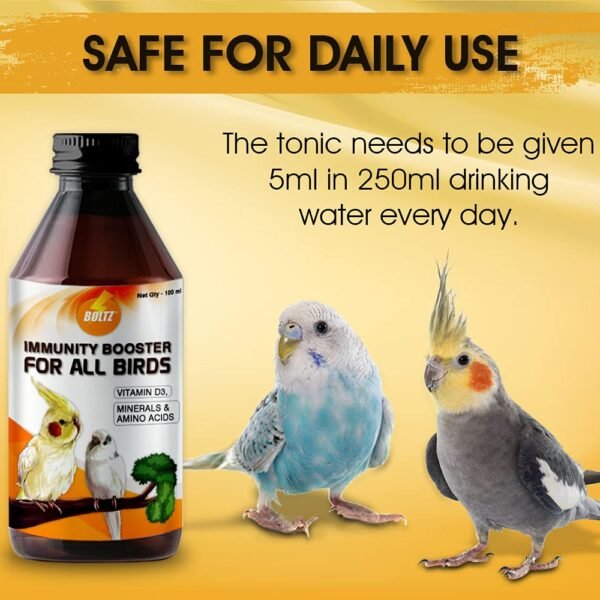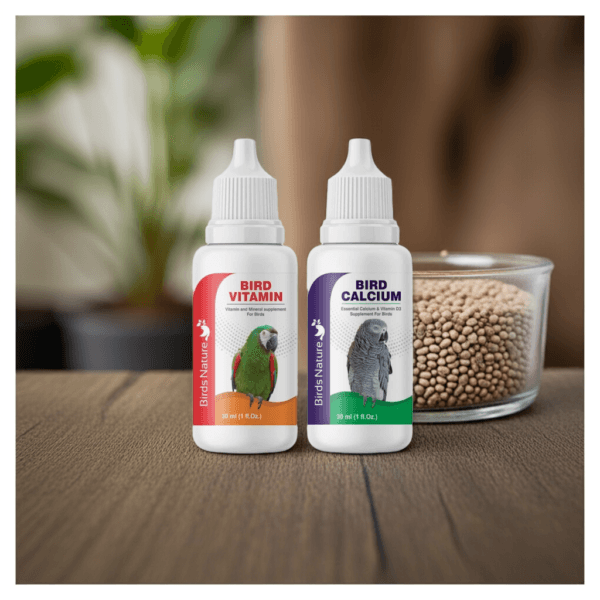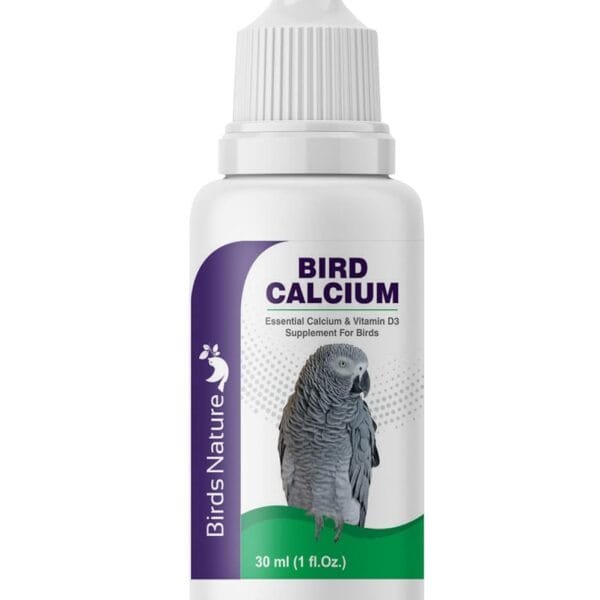Quaker Parrot (Monk Parakeet)
The Quaker Parrot (Myiopsitta monachus), also known as the Monk Parakeet, is a small but charismatic parrot (11 inches long) native to South America, famous for its intelligence, talking ability, and unique nest-building behavior. Unlike most parrots, Quakers construct elaborate, communal stick nests in the wild—a trait they maintain in captivity, often weaving toys and cage materials into complex structures. These energetic birds have bright green plumage (with gray faces and breasts) in the wild, though captive breeding has produced stunning blue, yellow, and white mutations. Highly social and vocal, Quakers form strong bonds with their owners, mimicking speech with remarkable clarity and learning hundreds of words. However, their high energy and tendency to become territorial require consistent training and mental stimulation. They thrive on a varied diet of pellets, fresh veggies, and limited fruits, but are prone to obesity if overfed seeds. With proper care—including daily interaction, chewable toys, and a spacious cage—these lively parrots can live 20-30 years, offering decades of companionship and entertainment.
| ESSENTIAL FACTS | |
|---|---|
| Scientific Name | Myiopsitta monachus |
| Size/Weight | 11 inches (29 cm) | 90-120g |
| Lifespan | 20-30 years |
| Native Range | South America |
| IDENTIFICATION | |
| Wild Colors | Bright green body, gray face/breast, blue flight feathers |
| Captive Mutations | Blue, yellow, white, pied |
| Unique Feature | Only parrot that builds stick nests |
| DIET | |
| Base Diet | 60% pellets, 25% vegetables, 10% fruits, 5% grains |
| Best Foods | Broccoli, carrots, apples, cooked quinoa |
| Avoid | Avocado, chocolate, salty/sugary foods |
| HOUSING | |
| Cage Size | Minimum 24″W × 24″D × 30″H |
| Must-Have Features | Horizontal bars, multiple perches, nesting area |
| Toys | Wood blocks, shreddables, foraging puzzles |
| BEHAVIOR | |
| Talking Ability | Excellent (100+ words, clear pronunciation) |
| Social Needs | 2+ hours daily interaction |
| Noise Level | Loud chatter, especially mornings/evenings |
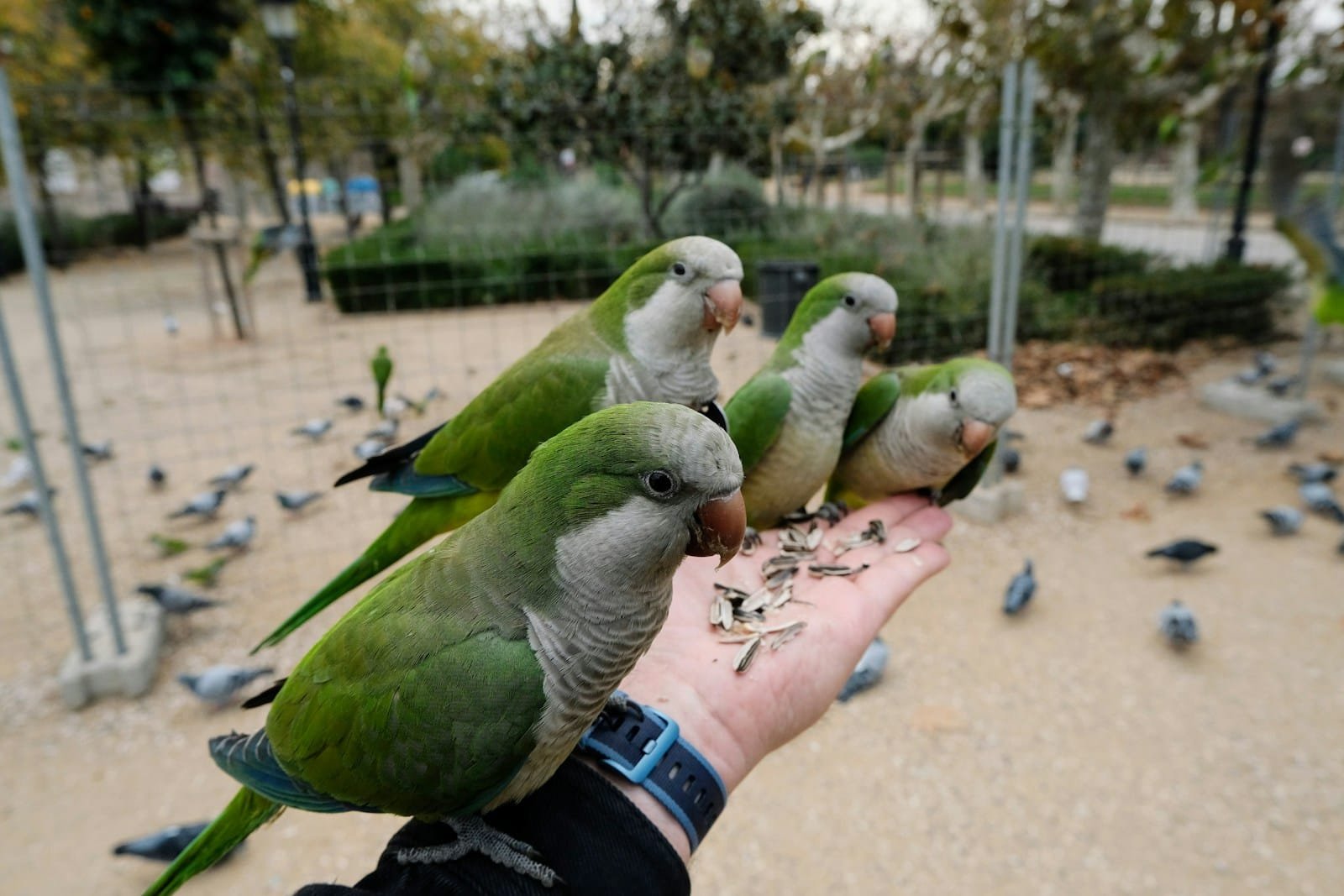
Showing all 4 results
Showing all 4 results
🦜 Quaker Parrot (Monk Parakeet) Care Guide
Complete care instructions for your energetic little architect
| QUAKER PARROT ESSENTIALS | |
|---|---|
| Scientific Name | Myiopsitta monachus |
| Size | 29 cm (11 in) including tail |
| Weight | 90-120g |
| Lifespan | 20-30 years |
| Colors | Green (wild), blue, yellow, white mutations |
🌞 Daily Care
- Diet: 1/4 cup pellets + 1/4 cup veggies + 1 tbsp fruit
- Water: Change twice (they love to dunk food)
- Exercise: Minimum 3 hours out-of-cage time
- Nesting: Provide safe materials (popsicle sticks, palm strips)
📅 Weekly Care
- Cage Cleaning: Full disinfection (they’re messy builders)
- Bathing: Offer spray shower 3x/week
- Toy Rotation: Change 50% of toys (prevent boredom)
- Weight Check: Healthy range: 90-120g
| QUAKER DIET PLAN | ||
|---|---|---|
| Food Type | Percentage | Best Options |
| Pellets | 60% | Harrison’s, Roudybush |
| Vegetables | 25% | Broccoli, carrots, leafy greens |
| Fruits | 10% | Apple, berries, melon |
| Healthy Grains | 5% | Cooked quinoa, brown rice |
🏠 Housing Requirements
- Cage Size: Minimum 24″W × 24″D × 30″H
- Bar Spacing: 5/8″ (prevent escape)
- Nesting Area: Provide “building zone” with safe materials
- Toys: 5+ including destructible wood and puzzles
💡 Behavior & Training
- Talking Ability: Excellent (can learn 100+ words/phrases)
- Social Needs: Highly social (2+ hours daily interaction)
- Nesting Instinct: Year-round builders – redirect with toys
- Noise Level: Loud chatterers (especially mornings)
❤️ Health Monitoring
- Weekly Checks: Weight, feathers, beak/nails
- Common Issues:
- Obesity (limit seeds)
- Egg binding (females)
- Fatty liver disease
- Vet Visits: Annual checkups recommended
⚠️ Check local laws – Quakers are illegal in some US states and countries due to invasive potential

